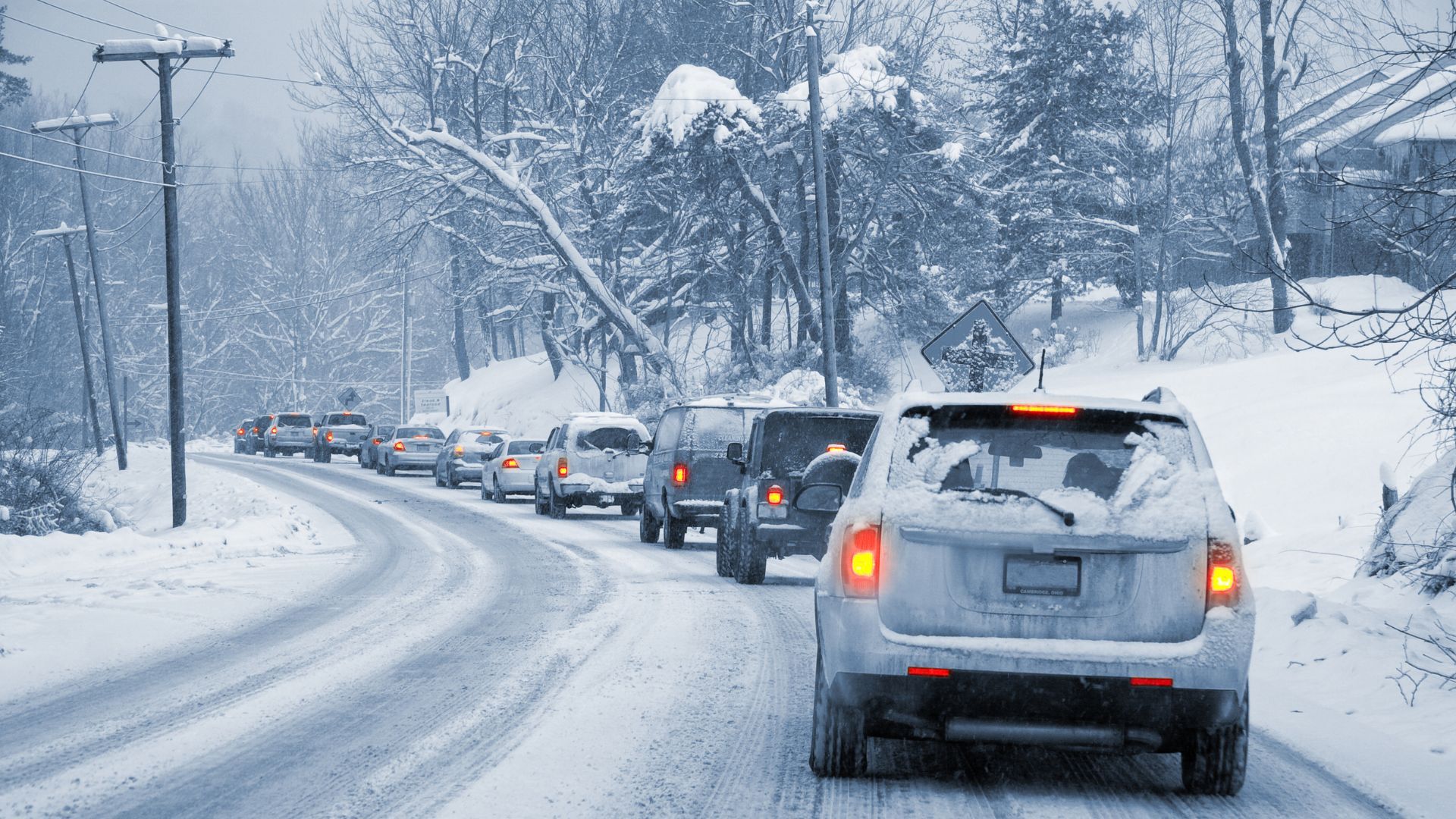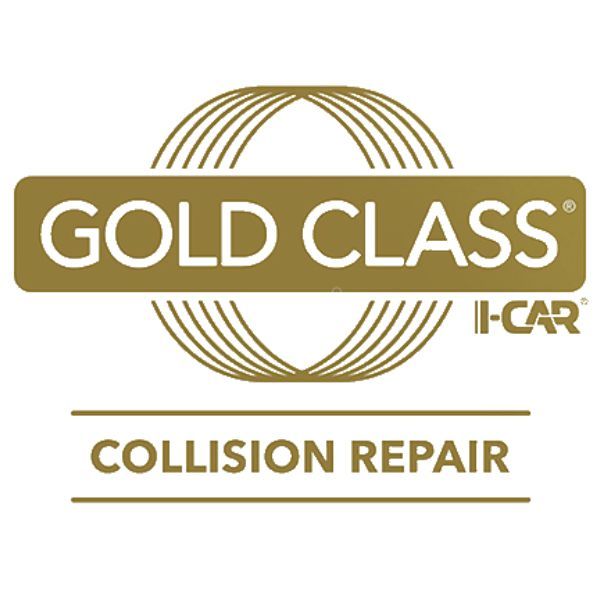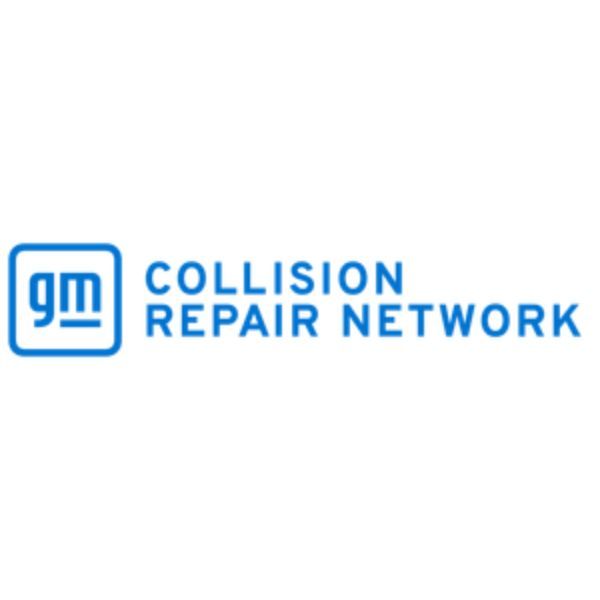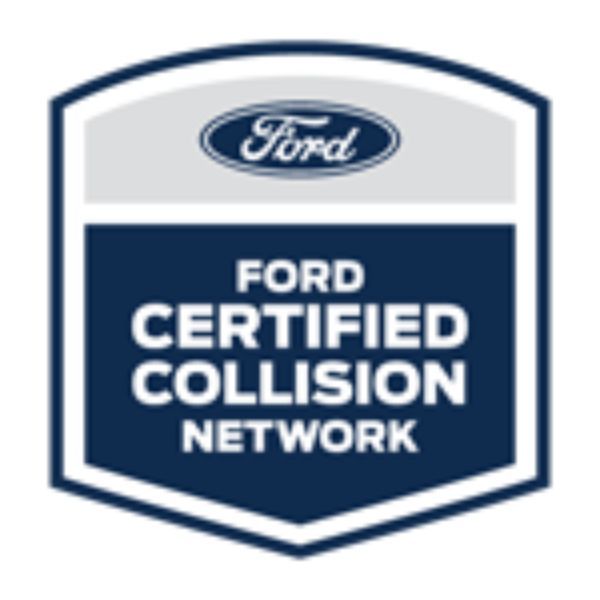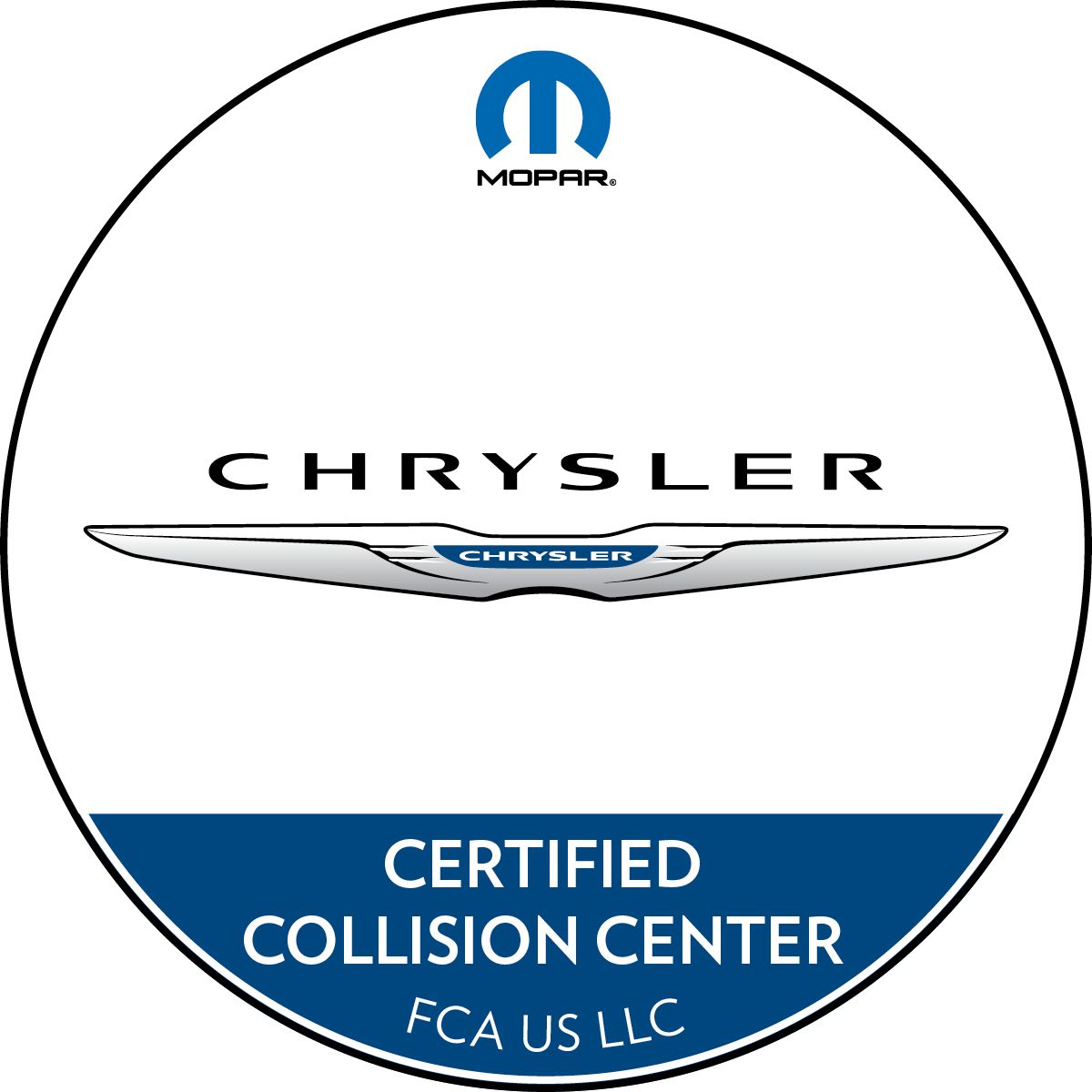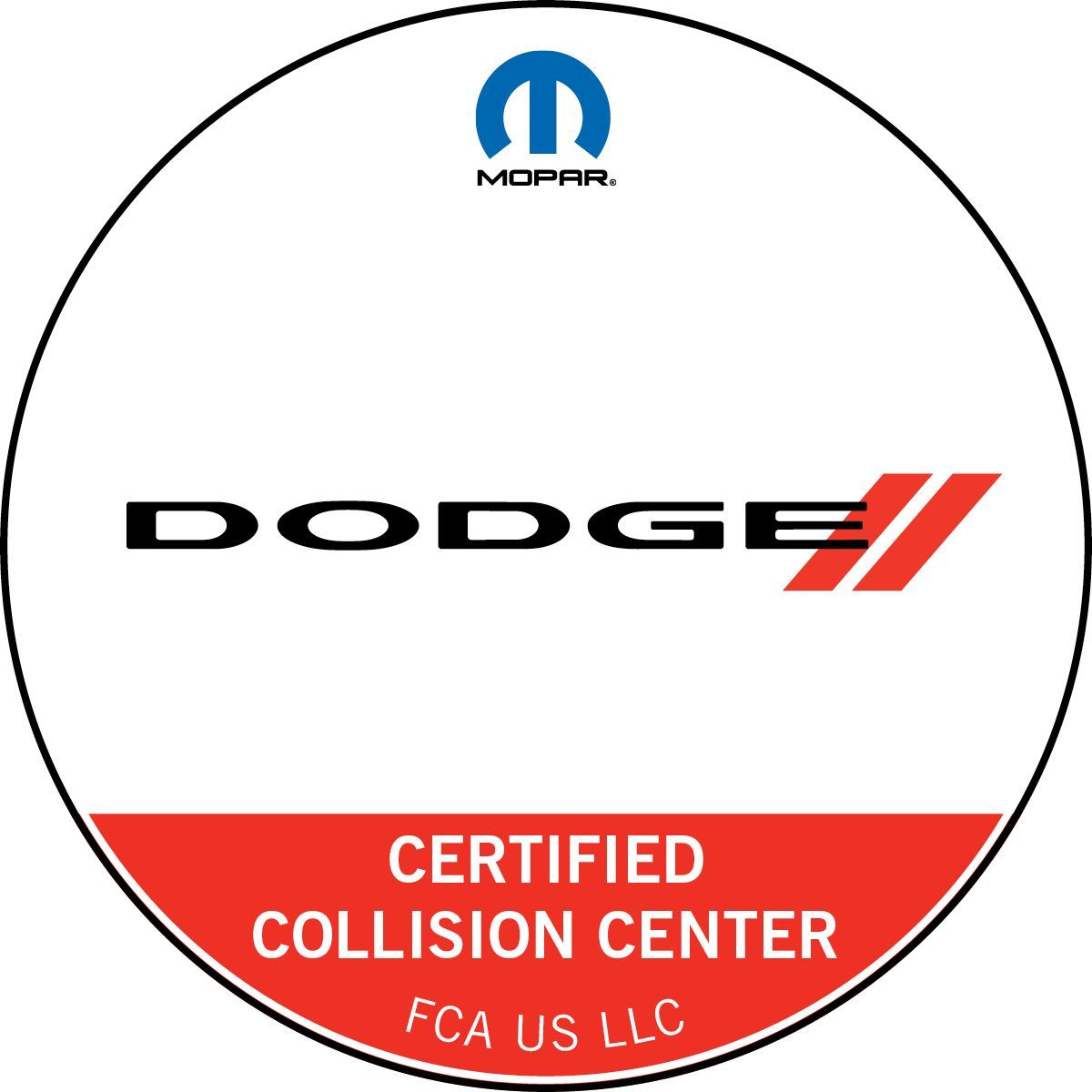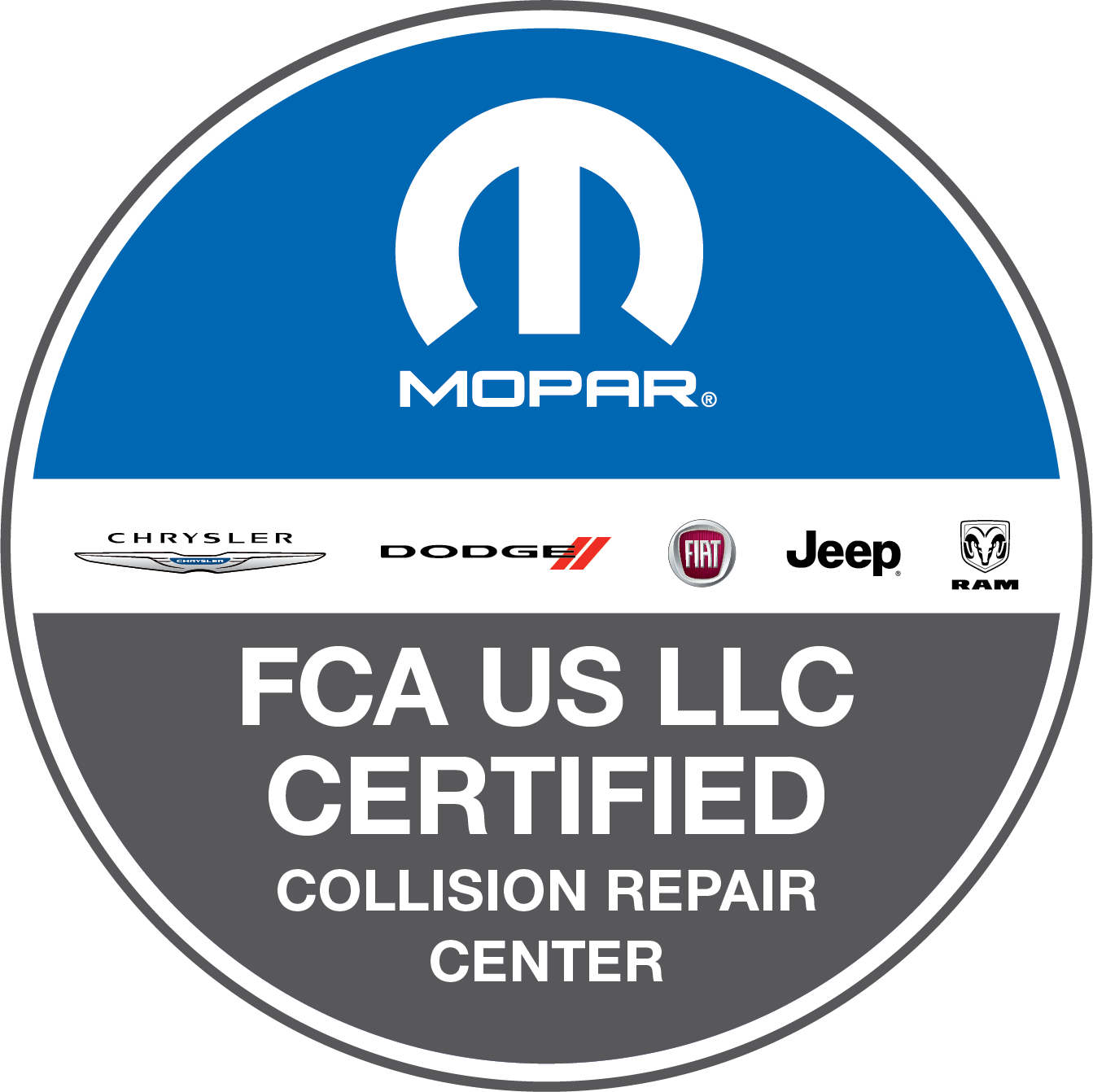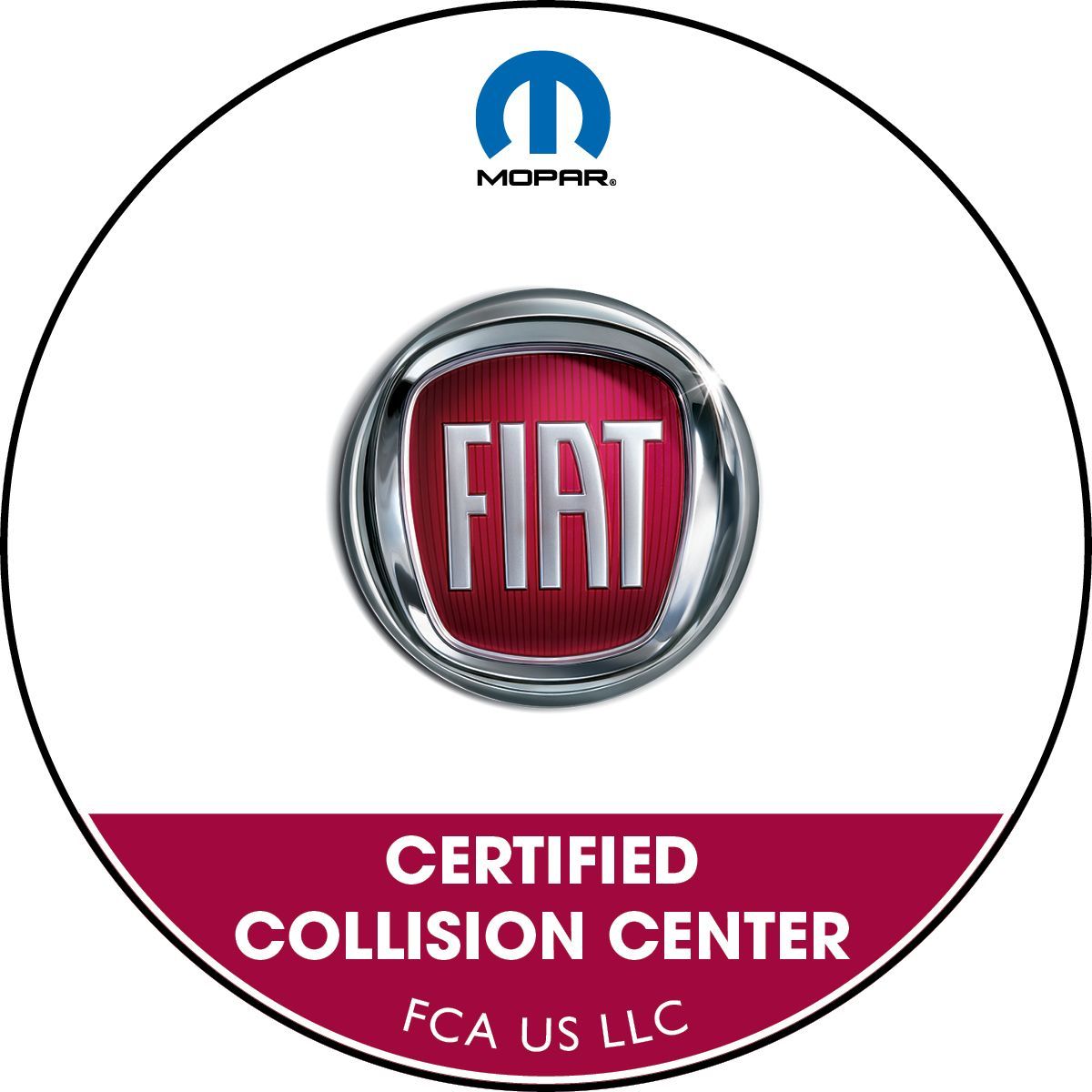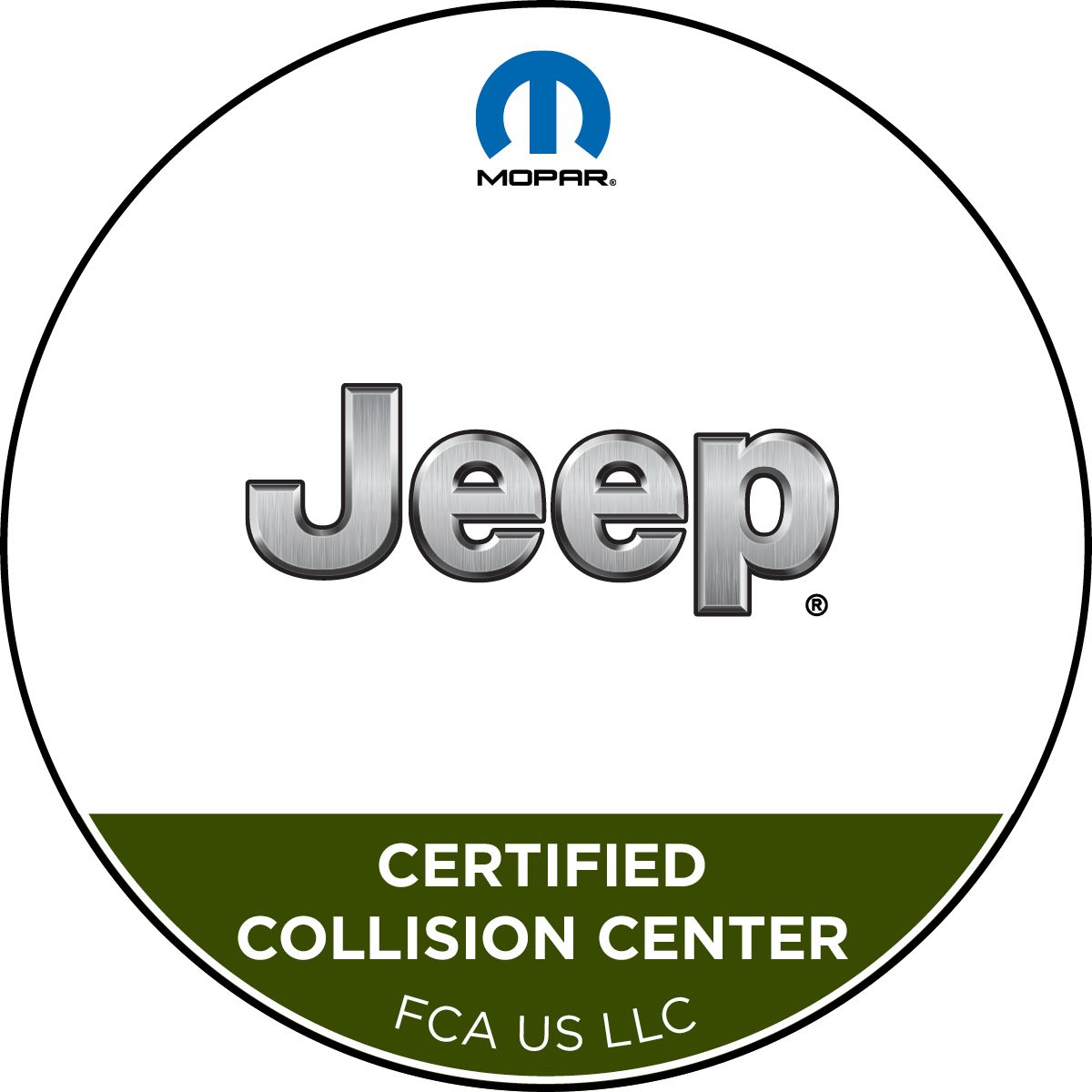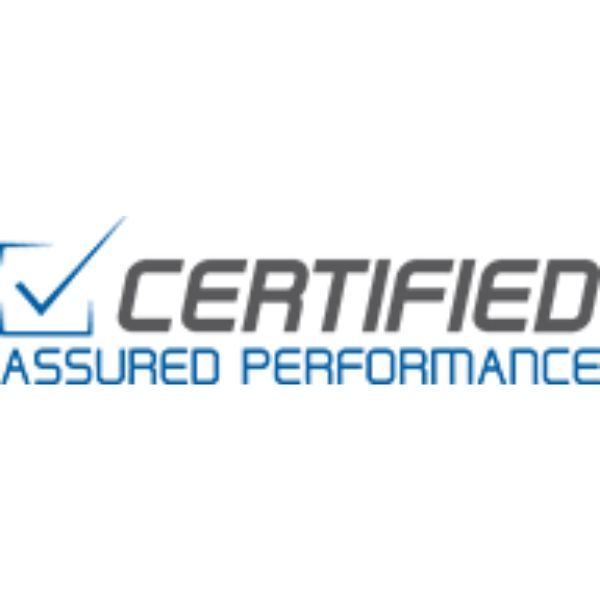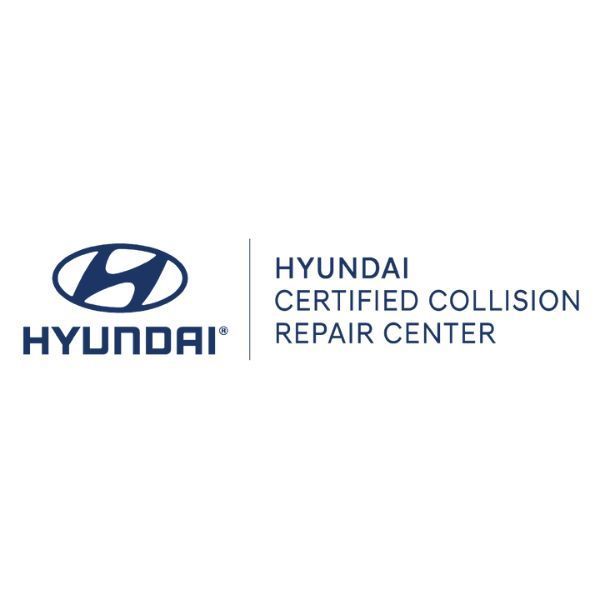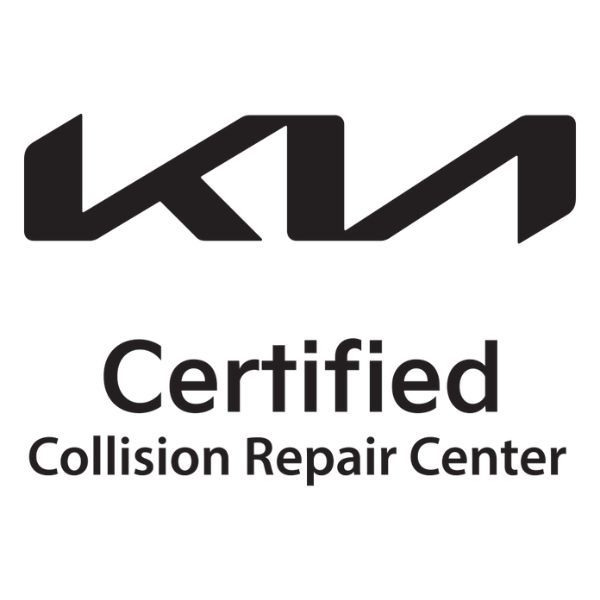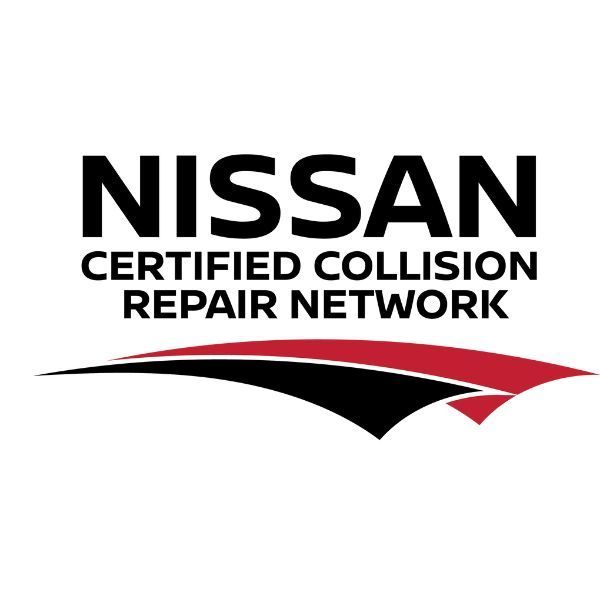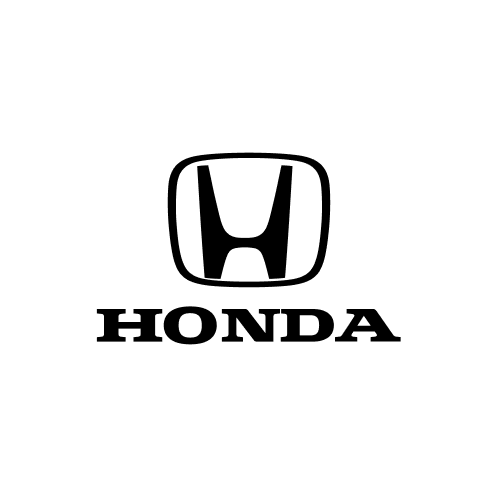What Factors Affect the Cost of Auto Collision Repairs?
When you're involved in a car accident, one of the first questions that might come to mind is: how much will it cost to repair my vehicle? The cost of collision repairs can vary significantly depending on multiple factors. At Morrow Collision Center, we believe in full transparency, so let’s take a closer look at what factors affect the cost of auto collision repairs.
1. The Extent of Damage
One of the biggest factors affecting repair costs is the severity of the damage. Minor dents and scratches will cost significantly less than major structural damage. If essential components like the frame or suspension are affected, the repairs become more complex and expensive.
2. Type of Vehicle
The make and model of your car play a big role in determining repair costs. Luxury and foreign cars often have specialized parts and materials that can be more expensive and timelier to replace. Additionally, newer models with advanced technology and sensors require specialized repair techniques, increasing labor costs.
3. Replacement Parts
The choice between original equipment manufacturer (OEM) parts, aftermarket parts, or used OEM parts can impact the cost. OEM parts tend to be pricier but ensure a perfect fit, while aftermarket or used parts might be more affordable but may vary in quality and compatibility. Your insurance company may not cover the full price of NEW OEM parts, so be sure to check your coverage!
4. Labor Costs
Labor charges differ from shop to shop and market area, and depend on the complexity of the repair. High-tech features, like adaptive cruise control or collision avoidance systems, require skilled technicians, which can raise the cost of labor.
5. Paint and Finish
If your car requires a new paint job, the cost will depend on the quality of paint, the number of coats, and whether custom paint matching is necessary. Some finishes require more precision and may increase costs. There are many types of paint finishes such as metallic, pearl, gloss, matte, or flat coats. Be sure to do your research on which may suit your preferences and needs best.
Morrow Collision Center is proud to offer the PPG MoonWalk® system, ensuring the highest level of finish and precision. This state-of-the-art paint mixing technology provides exact color matching and a smooth application, so whether you’ve had a minor fender-bender or a more significant collision, we’ll restore your vehicle to its pre-accident beauty with unmatched accuracy and efficiency.
6. Insurance Coverage
Your insurance policy and deductible can significantly influence how much you pay out of pocket. Comprehensive and collision coverage can help reduce your expenses, but if you have a high deductible, you may still need to cover a portion of the repair bill.
7. Additional Repairs and Hidden Damage
Sometimes, additional damage is discovered once repairs begin. Hidden damage behind panels or under the hood can lead to unexpected costs. A thorough inspection by a trusted collision repair center can help identify these potential expenses early on.
Bring Your Car to Morrow Today & Get an Honest Estimate
At Morrow Collision Center, we provide detailed estimates to help you understand the cost of your auto repairs. Our experienced technicians use state-of-the-art equipment and techniques to ensure quality repairs, getting you back on the road safely and efficiently.
Contact us or visit one of our locations today to get an estimate and let us take the stress out of collision repairs!
Share
More Blog Posts
